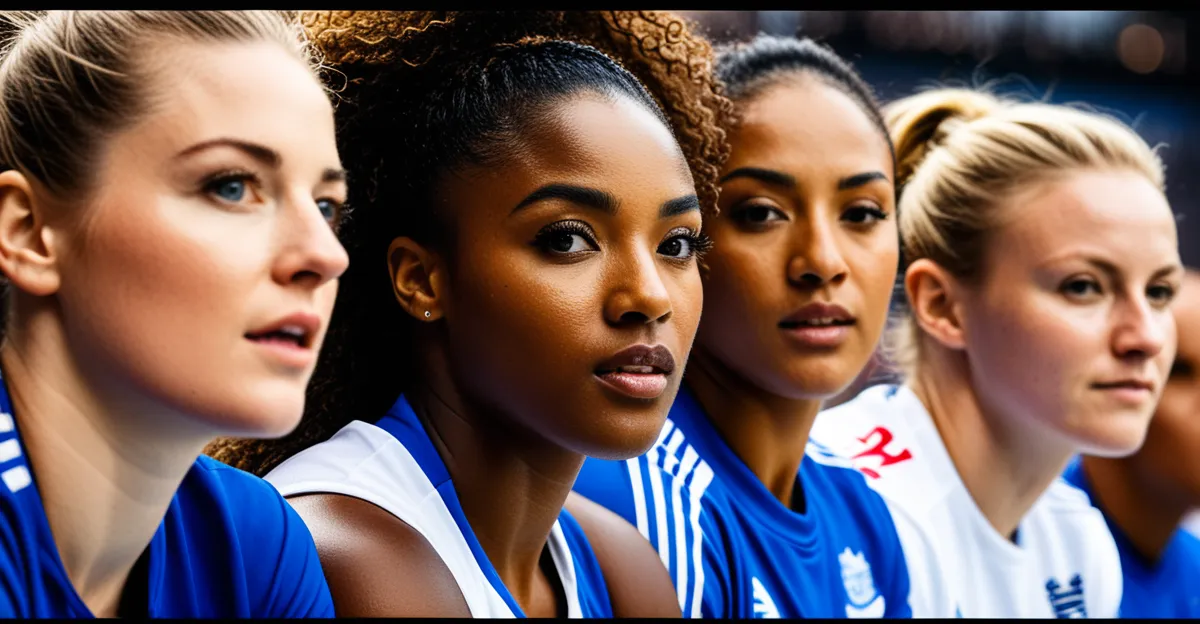Diversity and Inclusion Challenges in UK Sports
The diversity challenges in UK sports remain significant and multifaceted. Minority groups, including ethnic minorities, women, and disabled participants, continue to face persistent inclusion barriers. Underrepresentation statistics reveal stark disparities: ethnic minorities represent a smaller proportion of registered athletes and leadership roles compared to their population share. Women are often sidelined, especially in leadership and elite sports positions, despite increased participation rates at grassroots levels. Disabled athletes encounter both physical and attitudinal barriers, limiting their access to facilities and competitive opportunities.
Stakeholder perspectives shed light on these persistent challenges. Coaches, athletes, and administrators frequently cite a lack of tailored support and visibility as major obstacles. Many highlight unconscious biases and structural inequalities embedded within sports organizations as critical factors hindering progress. The combination of these barriers means that despite efforts, true inclusivity has yet to be fully realized across UK sports.
Topic to read : How Has Technology Changed the Face of UK Sports?
Addressing these challenges requires ongoing commitment and targeted interventions designed to dismantle systemic barriers. Understanding the specific nature of underrepresentation and its impact is essential for developing effective responses that promote equality and broaden participation for all communities.
Key Initiatives and Organizational Efforts
Efforts to tackle diversity challenges in UK sports are increasingly shaped by prominent UK sports diversity initiatives spearheaded by governing bodies like the FA, UK Sport, and Sport England. These organizations have launched targeted programs aimed at reducing inclusion barriers. For instance, the FA inclusion programs focus on increasing participation from ethnic minorities and women through outreach and education within grassroots football. UK Sport strategies prioritize elite athlete development while promoting inclusivity, ensuring pathways for disabled athletes and underrepresented groups remain accessible at high-performance levels.
Also to see : What are the key factors contributing to the success of UK sports teams?
Grassroots initiatives aim to engage communities historically excluded from sports, providing tailored resources and environments to encourage sustained participation. Meanwhile, elite-level inclusion programs address leadership gaps, offering mentorship and development opportunities for minority coaches and administrators.
Organization-led campaigns often partner with local clubs, schools, and charities to amplify impact and foster cultural change. These combined efforts demonstrate how UK sports diversity initiatives can break down systemic barriers and improve underrepresentation statistics gradually. However, success depends on consistent funding, transparent accountability, and ongoing stakeholder engagement. The holistic approach adopted by these programs represents a significant step toward addressing persistent inclusion barriers across UK sports.
Diversity and Inclusion Challenges in UK Sports
Diversity challenges in UK sports remain deeply rooted, with inclusion barriers affecting ethnic minorities, women, and disabled participants unevenly. Recent underrepresentation statistics reveal ethnic minorities often make up a disproportionately small percentage of elite athletes and leadership roles relative to their population share. Women, despite growing grassroots participation, still face significant hurdles ascending to top positions within sports organizations. Disabled athletes encounter systemic physical and social limitations that restrict competitive and training opportunities.
What are the primary inclusion barriers in UK sports? They encompass a lack of tailored support, unconscious biases, and institutional structures that favour established demographics. For example, many sports programs lack accessible facilities or inclusive coaching practices, impeding disabled athletes’ involvement. Ethnic minority athletes report limited visibility and fewer progression pathways. The challenge extends to leadership, where diverse representation remains scant.
Stakeholders provide critical insights on persisting difficulties. Coaches and administrators frequently describe organisational cultures resistant to change and insufficient diversity training. Athletes point to a need for mentorship and role models. Collectively, these perspectives emphasize how underrepresentation statistics are not merely numerical but reflect systemic exclusion requiring targeted, sustained action.
Diversity and Inclusion Challenges in UK Sports
The diversity challenges in UK sports stem from entrenched inclusion barriers that impact ethnic minorities, women, and disabled participants uniquely. According to recent underrepresentation statistics, ethnic minorities continue to lag behind their population share, particularly in elite sports and leadership roles. Women, although engaging more at grassroots levels, remain underrepresented in senior management and coaching positions. Disabled athletes face compounded struggles due to inadequate access to facilities and social stigmas.
What precisely are these inclusion barriers? They include structural inequalities such as lack of accessible infrastructure, unconscious biases restricting talent recognition, and limited mentorship opportunities for minorities. For example, ethnic minority athletes often experience fewer progression pathways, resulting in a lower presence at elite stages. Similarly, women confront cultural attitudes that undermine their leadership ambitions.
Stakeholder perspectives reinforce these findings. Coaches and administrators acknowledge a persistent resistance to change within organisational cultures, often coupled with insufficient diversity training programs. Athletes emphasize the crucial need for visible role models and tailored support systems. Collectively, these insights reveal that overcoming diversity challenges in UK sports demands sustained, strategic interventions that address both visible and subtle forms of exclusion.
Diversity and Inclusion Challenges in UK Sports
Tackling diversity challenges in UK sports means confronting persistent inclusion barriers faced primarily by ethnic minorities, women, and disabled participants. Recent underrepresentation statistics reveal ethnic minorities remain disproportionately low in elite sports roles and leadership positions, despite their population size. Women experience similar gaps, notably in coaching and senior management, even as their grassroots participation grows. Disabled athletes frequently encounter restricted access to suitable facilities and competitions, further deepening exclusion.
What defines these inclusion barriers? They often involve a complex interplay of structural and cultural factors. For instance, many sports infrastructures lack accessibility or inclusive coaching methods, fundamentally disadvantaging disabled participants. Unconscious biases limit talent identification and progression for ethnic minorities, while entrenched cultural attitudes continue to hinder women’s advancement in leadership roles. These factors together create a cycle where underrepresentation persists.
Stakeholders consistently report organisational resistance to meaningful change. Coaches and administrators cite a lack of diversity training and ingrained habitual practices that resist inclusivity. Athletes emphasize the importance of visible role models and mentorship to break these barriers. This combination of statistical evidence and lived experience underscores that the diversity challenges in UK sports require dedicated, nuanced solutions to promote genuine equality.






